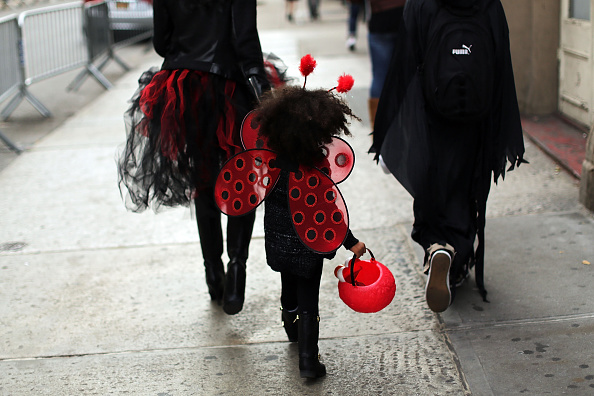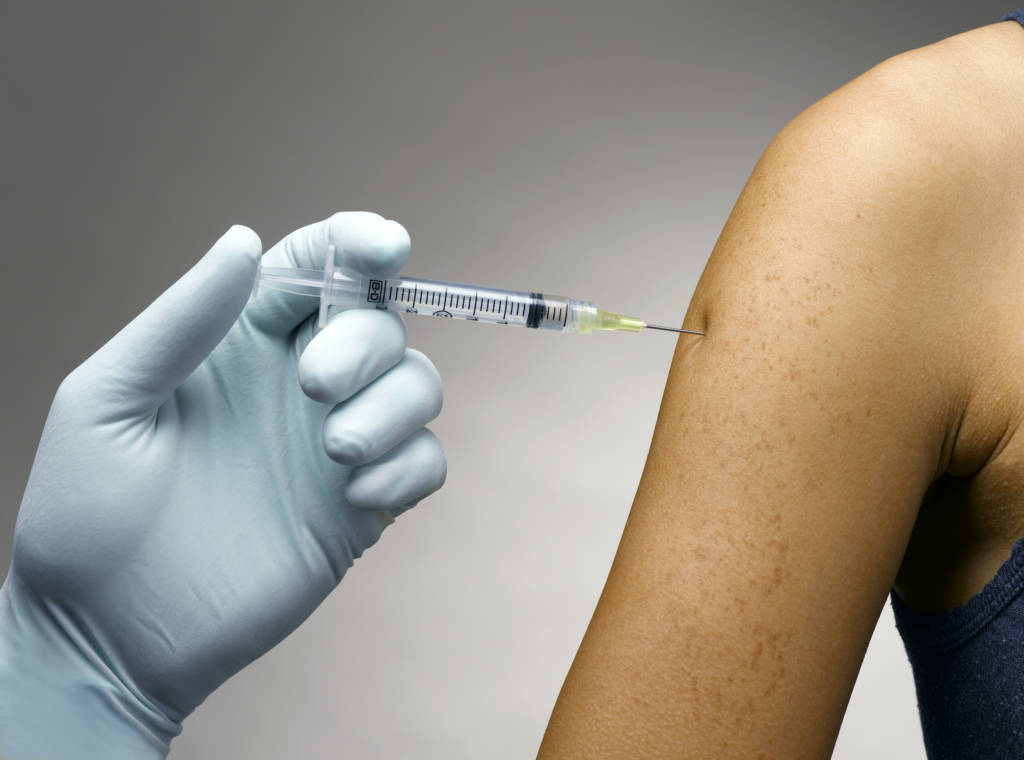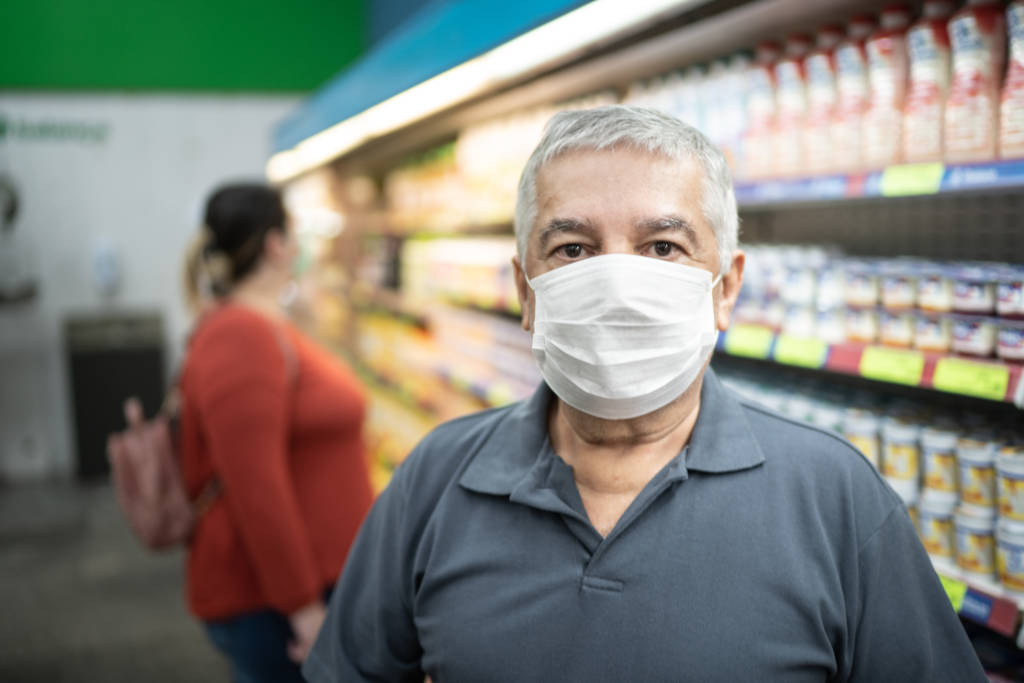“If a child gets COVID, there’s a one in 1,000 chance that they will be hospitalized with it, and there is a one in 100,000 chance they will die from it,” Christakis said. “Those are long odds, as they say. Your child’s risk of getting hit by lightning over the course of their lifetime is one in 15,000, to give some perspective.”
Precautions put in place at schools to prevent outbreaks are instead designed to protect adults — teachers, parents and family members, Christakis explained.
“We know children themselves are at very low risk of getting sick with COVID. We don’t know how big a risk they pose to pass COVID on to either teachers or family members,” Christakis said. “It’s unfortunate we don’t know that, because that would make our decision-making a lot easier. We don’t know how contagious they actually are.”
The CDC recommends that schools reopen with plans to routinely clean and disinfect surfaces and objects that are frequently touched, stagger arrival and dismissal times for students, avoiding mixing students in common areas, and increasing the space between desks.
Time-honored traditions like “Career Day” likely will fall by the wayside, as schools are being encouraged to limit all non-essential visitors.
It also could be some time before kids attend group events that promote school spirit, such as student assemblies, school sports, student concerts and dances. The CDC is asking schools to reconsider any event that would bring kids in close contact with each other.
Parents also should be ready for the school to be closed at a moment’s notice, in the event of an outbreak. The CDC recommends students and most staff be sent home at least two to five days upon finding a confirmed case at a school, so health officials can perform contact tracing and staff can disinfect areas used by the infected person.
All these changes are going to take place amid ongoing turmoil at schools related to both the COVID-19 pandemic and its effect on the economy, Domenech said.
Schools may face shortages in funding, teachers
“School districts that are already going to be suffering financially because of the economy may not have the dollars they need to implement the guidelines as they should be implemented,” Domenech noted.
Further, some schools are likely to have a workforce shortage because teachers are afraid for their health, Domenech added.




